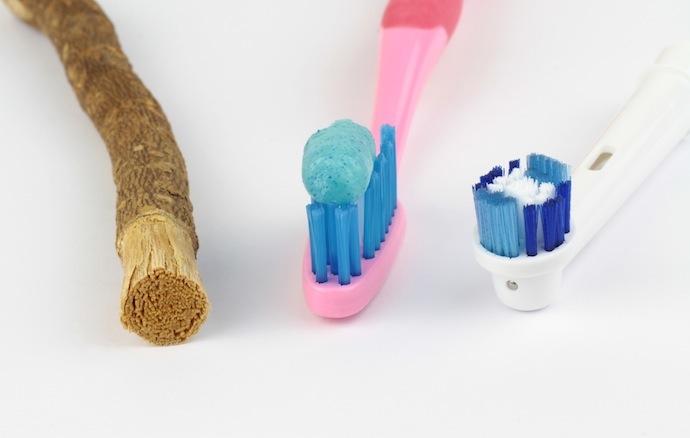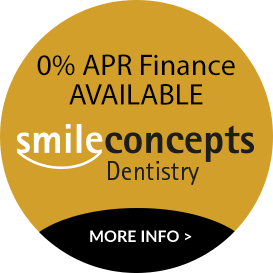The History of the Toothbrush
Good oral care seems to have been high up on the agenda for humans since ancient times. Evidence found in Egyptian tombs dates early toothbrushes back to 3500 – 3000 BC when the Egyptians and Babylonians made toothbrushes by flaying the ends of twigs.
Around 1600 BC the Chinese developed ‘chewing sticks’, twigs taken from aromatic trees and chewed to sweeten the breath.
Fast forward many hundreds of years to the 15th century and the Chinese invented the first natural bristle brush. Bristles from a pig’s neck were attached to either bone or bamboo handles.
When this invention found its way to Europe it was adapted to use horsehairs which were much softer, or in some places feathers.
In 1780 William Addis invented what we now know as the modern toothbrush. He attached pig bristles to a specially carved handle made from cow bone.
Addis’s design was developed further in 1844 when the first three-row brush was developed.
The toothbrush didn’t become truly modern until 1938 when Du Pont invented nylon and so by the 1950’s toothbrushes had much softer bristles that were much preferred by consumers and were more hygienic.

Whatever type of toothbrush you choose to use you should brush your teeth for two minutes twice a day.
The first electric toothbrush was invented in 1939.
Here are some top tips for ensuring that your teeth are always correctly brushed.
- Place the toothbrush at a 45°angle along the gum line. Move the toothbrush in a small circular movement, repeat for each tooth.
- Brush the inside surface of each tooth, using the same back and forth motion.
- Brush the chewing surface (top) of each tooth.
- Use the tip of your brush to clean behind each tooth. Ensure you reach the front and back, top and bottom using up and down strokes.
- A gentle brush of your tongue can help to remove odour-causing bacteria.
- After brushing, spit out any excess toothpaste. Don’t rinse your mouth immediately after brushing, as it will wash away the concentrated fluoride in the remaining toothpaste, thus diluting it and reducing its preventative effects.
In addition to good brushing two minutes twice a day – see The Do’s and Don’ts of Toothbrushing – we recommend the daily use of dental floss or interdental brushes through the spaces between your teeth this is to remove as much biofilm (plaque) as possible and regular check ups with your dentist.
To make an appointment at Smile Concepts please contact our reception desk on 0121 705 2705.

